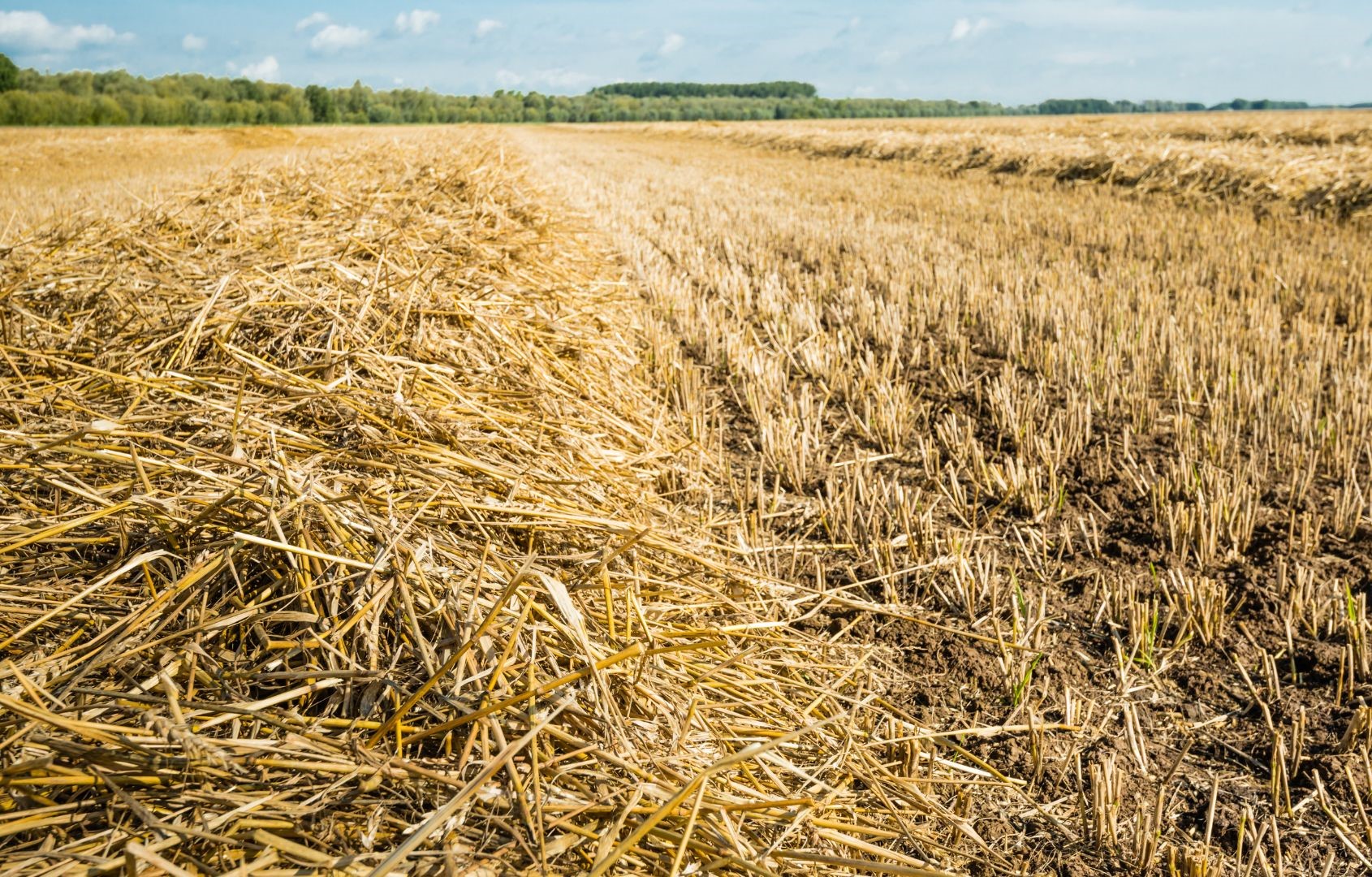Agricultural Residues (Biomass) and their Management
Millions of tons of agricultural waste and forest residue are produced annually, but handling and transporting them is challenging due to their low bulk density. As a result, they are often inefficiently burned or wasted. However, these wastes can be converted into high-density fuel briquettes or pellets without adding any binder, providing a renewable energy source.
What is Agricultural Residue (Biomass)?
Biofuels are combustible substances produced directly or indirectly from biomass. They are commonly derived from materials such as wood, crops, aquatic plants, forestry by-products, plant residues, and animal waste. Biofuels represent energy generated from biomass items that can be converted into fuels, notably for transportation, stationary applications, or productive uses. These biofuels come in different forms—solid, liquid, or gaseous—and encompass diverse types of biomass and its derivatives used for energy production. For instance, solid biofuels comprise wood, charcoal, and bagasse (the fibrous residue of sugarcane after juice extraction). Large amounts of biomass are being wasted by either dumping them into landfills or burning them, which causes air pollution. The problem lies in the limited aggregation window available to collect the biomass. This situation is further aggravated by using obsolete methods, like roof thatch, to handle residue. The proliferation of mechanized farming methods has also contributed to this issue.
A multi-faceted strategy must be adopted to change the behavior of farming communities and help them learn how to extract more value from agricultural waste.

Biomass Management – A way towards sustainability
The treatment of straw in the field has many long-term benefits, including improved soil health, reduced need for fertilizers, and increased farmers’ income. The shared infrastructure economy has the potential to provide the required machinery at an affordable cost, but more than the current capacities are needed to cater to all farmers. To encourage farmers to adopt cost-effective biomass management initiatives, they should be incentivized. This will lead to better conformity and scaling of efforts.
Government departments, financial institutions, agricultural entrepreneurs, and other stakeholders need to be part of this movement to achieve zero-burning of residues. Planning medium to long-term actions is necessary to upscale technologies in the shared economy and process-based incentives.
Utilizing shared infrastructure allows for stubble shaving during combined harvesting. At the same time, on-site mulching of biomass offers lasting advantages to farmers in soil management, such as nutrient preservation, erosion prevention, and the optimized utilization of fertilizers and water resources.
The adoption of technological solutions involves expenses, necessitating attractive and sustainable returns on investment. Yet, certain choices might not yield immediate financial gains; instead, they offer non-monetary advantages like enhancing soil fertility, as seen with biochar.
Biochar production has been proposed as one of the best ways to mitigate climate change as it sequesters carbon in the soil. In the sustainable biochar concept, emissions of greenhouse gases (including CH4 and N2O) can be avoided by pyrolysis of the waste biomass. Simultaneously, the bioenergy produced during the pyrolysis process offsets fossil fuel consumption.

There are techno-commercially viable options for using paddy straw and farm stubble for making new products or for waste to energy. Some sections of the farmers are utilizing such technological options, but the larger community is just burning this valuable resource in the fields.
Some of the state governments have identified the equipment/machinery that can boost and facilitate technology penetration. However, the following actions need to be undertaken by the state Department of Agriculture to make such subsidy schemes more effective:
- State governments need to undertake technology needs assessment and estimate the quantum of infrastructure in farm equipment along with their capacity utilization.
- Identify techno-commercial options for utilization of farm residue under waste to energy (briquetting, power plants, cement kilns) or new product manufacturing (fiber boards) to be implemented at the block level.
- Sensitization of farmers about the use of technology and making the best use of farm stubble, increasing their income.
- Such action plans for technology needs assessment must be prepared from a bottom-up approach involving stakeholders like panchayat, block development officers, and state pollution control boards.
References :
- Food and Agriculture Organization (FAO) of the United Nations (2007), Energy Function Coalitions Biofuels for our Future
- NITI Aayog. (2017). Note on Bio-mass Management in India. Submitted to the Task Force on Biomass Management. September 2017. New Delhi, India.
- (2016). ‘Earth Observatory’. Retrieved August 18, 2017, from https://earthobservatory.nasa.gov/IOTD//view.php?id=89052
- Mendoza T. C. and Samson R. 1999. Strategies to avoid crop residue burning in the Philippine Context, Paper presented during the International Conference on ‘Frostbite and Sun Burns’ Canadian International Initiatives Towards Mitigating Climate Change, Hosted by the International Programme of Canadian Environment Network, April-May, 1999.
- https://mpra.ub.uni-muenchen.de/50678/1/MPRA_paper_50678.pdf










































































